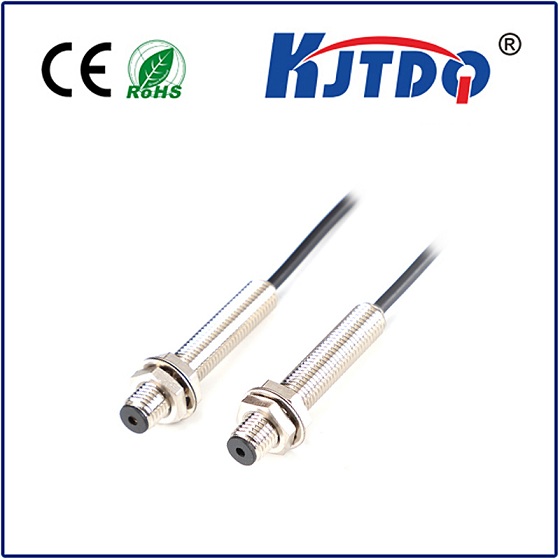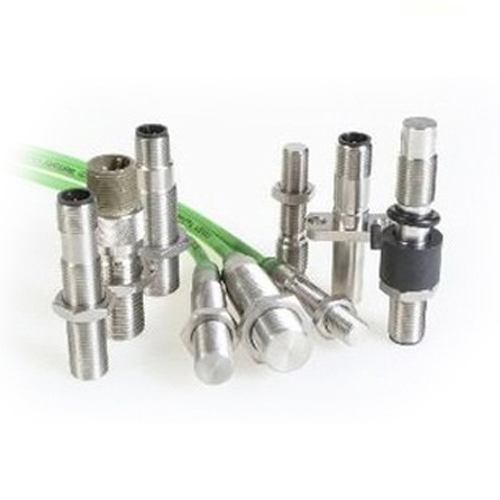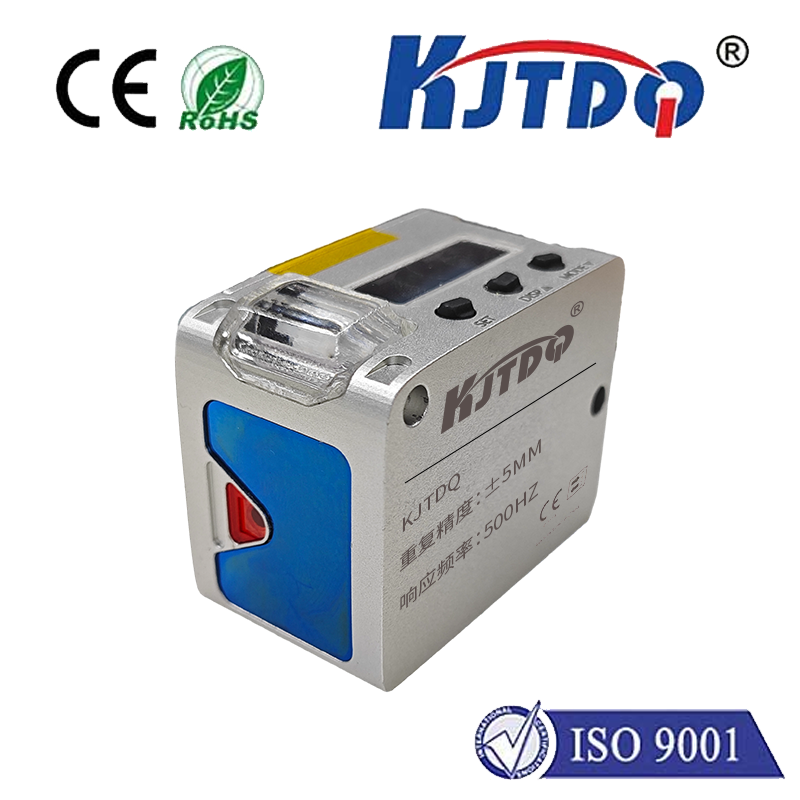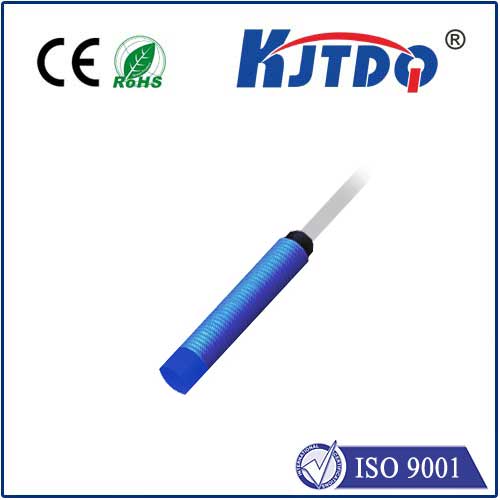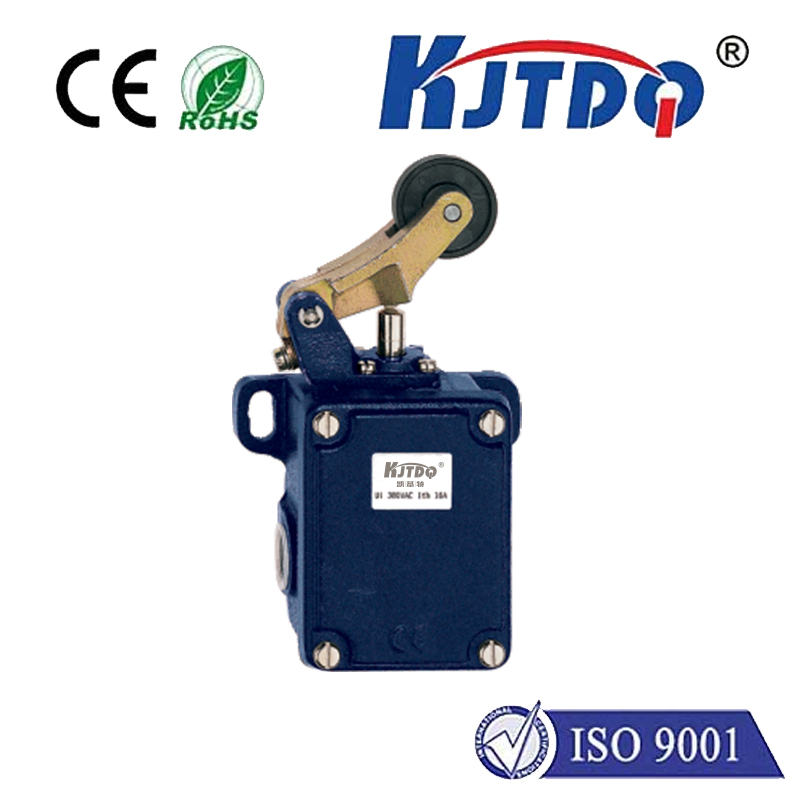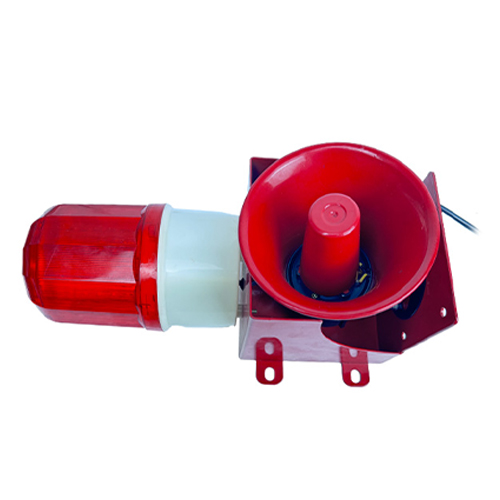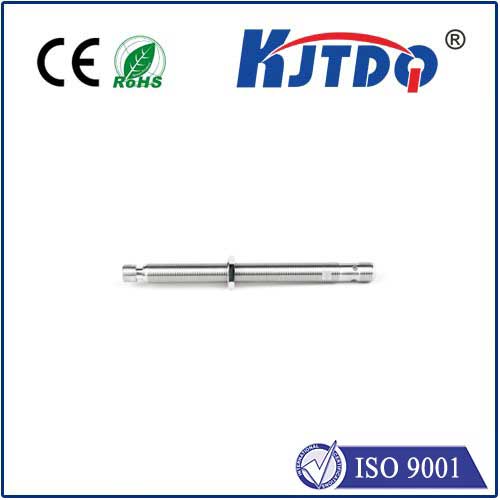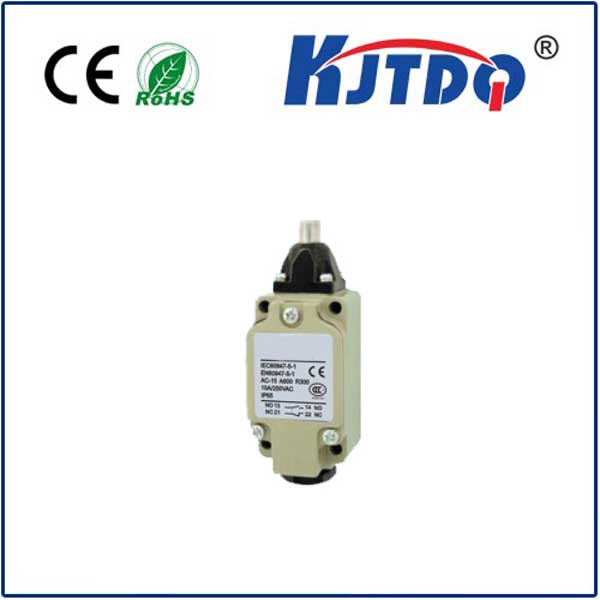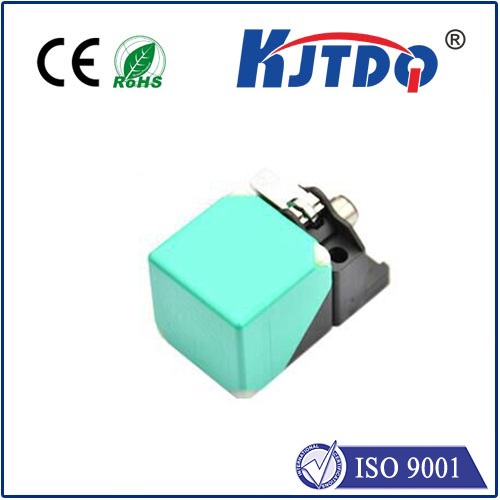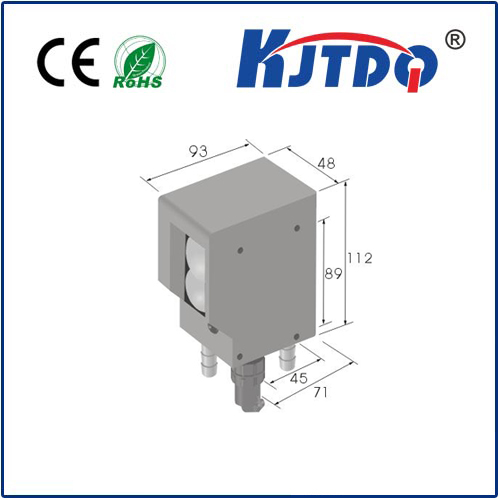laser flow sensor
- time:2025-08-28 00:58:23
- Click:0
Laser Flow Sensors: Precision Measurement Through the Power of Light
Ever wondered how industries accurately gauge the flow of liquids or gases without physically touching the fluid stream? How do they ensure precise dosing in sensitive pharmaceutical processes or validate fuel consumption in high-performance aerospace applications? The answer often lies in a sophisticated and non-intrusive technology: the laser flow sensor. Going beyond traditional mechanical or intrusive methods, these sensors harness the properties of light to deliver unparalleled accuracy and reliability, revolutionizing flow measurement across demanding fields.
Operating entirely without physical intrusion into the pipe or channel, laser flow sensors avoid the pitfalls of wear, pressure drop, contamination, and mechanical failure inherent to turbine meters, paddlewheels, or even some ultrasonic variants. This non-contact principle is fundamental to their appeal, particularly for corrosive fluids, ultra-pure media, sterile processes, or high-velocity flows where sensor longevity and fluid integrity are paramount.
The core principle behind most laser flow sensors involves the interaction between laser light and particles or inherent structures within the flowing medium. There are two primary methodologies:

- Laser Doppler Velocimetry (LDV) / Laser Doppler Anemometry (LDA): This technique relies on the Doppler shift. A coherent laser beam is split and focused into the flow at a known intersection point. As microscopic particles (either naturally occurring or deliberately seeded) pass through this measurement volume, they scatter the laser light. The frequency of the scattered light shifts slightly relative to particles moving towards or away from the detector. Sophisticated electronics analyze this frequency shift, translating it directly into a velocity measurement at that specific point. When combined with known channel geometry and advanced processing, highly accurate volumetric flow rates can be derived. LDV excels in pinpoint velocity profiling and turbulent flow studies.
- Laser Flow Meters (Based on Time-of-Flight or Spatial Filtering): Some sensors project a laser pattern (e.g., a grid or fringe pattern) through the flow onto a detector. Particles traversing these illuminated planes cause interruptions or shifts in the detected light pattern. By analyzing the time it takes for a particle to travel between two known points (Time-of-Flight) or the frequency of particle shadows passing a known spatial filter, the sensor calculates the particle’s velocity. Averaging numerous such measurements provides the bulk flow velocity. This method is often robust for continuous volumetric flow measurement in pipes.
The compelling advantages driving the adoption of laser flow sensors are significant:
- Unmatched Precision and Accuracy: Capable of resolving velocity differences down to minute fractions of a meter per second, laser sensors provide data quality often unattainable by intrusive methods. This precision is critical for validation, research, and optimization in labs and high-stakes industries.
- Zero Pressure Drop & No Moving Parts: Since nothing protrudes into the flow path, there’s no obstruction causing pressure loss. The absence of moving parts translates to minimal maintenance needs and exceptional long-term reliability.
- Non-Intrusive & Non-Contaminating: The sensor housing remains entirely outside the pipe or flow channel. This eliminates risks of sensor corrosion, erosion, or contamination of the fluid – essential for pharmaceuticals, biotechnology, food & beverage, and semiconductor manufacturing handling ultra-pure chemicals.
- High Velocity and Bi-Directional Capability: Laser sensors can accurately measure extremely high flow velocities and easily detect flow direction without modification, crucial for applications like fuel injection testing or HVAC balancing.
- Minimal Fluid Property Dependence: Unlike methods relying on conductivity or density changes, laser flow meters primarily depend on particle presence, making them widely applicable to diverse liquids and gases, provided adequate light-scattering entities exist.
Where Laser Flow Sensors Truly Shine: Their unique attributes make them indispensable in several critical sectors:
- Aerospace & Automotive: Validating fuel flow rates in engines, testing injectors, measuring air intake, wind tunnel experiments, and monitoring coolant systems demand high precision under extreme conditions – a perfect match for laser sensor capabilities.
- Pharmaceutical & Biotech: Ensuring accurate dosing of expensive active ingredients in drug manufacturing, monitoring buffer solutions in bioreactors, and controlling flow in sterile filling lines require absolute non-contamination and precision. Laser sensors provide this vital data safely.
- Chemical & Petrochemical: Handling aggressive acids, solvents, or slurries where sensor material compatibility is a major challenge; laser flow sensors offer a robust, non-contacting solution for flow verification and process control.
- Water & Wastewater: While often used for research or calibration due to cost, laser systems provide invaluable high-accuracy validation for calibrating other flow meters in treatment plants and distribution networks, especially when seeding is possible.
- Research & Development: Laboratories rely heavily on LDV/LDA for fundamental fluid dynamics research, turbulence studies, particle image velocimetry (PIV) system verification, and calibration of other instruments. Their ability to provide local, non-intrusive velocity data is unmatched.
- Semiconductor Manufacturing: Monitoring the flow of ultra-pure water (UPW) and aggressive specialty chemicals used in wafer cleaning and etching processes with zero risk of contamination or particle generation.
Selecting the Right Laser Flow Sensor: While powerful, they aren’t universally ideal. Key considerations include:
- Particle/Transparency Requirements: The fluid must contain particles capable of scattering light, or possess inherent refractive index variations sufficient for detection. Clear, particle-free liquids or gases pose a significant challenge unless seeded.
- Sensor Access: Installation typically requires transparent pipe sections (glass, plexiglass) or specialized optical access ports. Retrofit applications can be more complex than installing an inline sensor.
- Cost: Laser flow sensors generally represent a higher initial investment compared to simpler mechanical or ultrasonic meters. The justification comes from their unmatched accuracy, long-term reliability, and suitability for niche, high-value applications where other technologies fail.
- Environmental Conditions: Vibration, temperature extremes, and ambient light levels need to be considered, as they can potentially interfere with the delicate optical measurements.
The Future Flows Bright: Advancements in laser diode technology, digital signal processing (DSP), and computational algorithms continue to refine laser flow sensor performance. We see trends towards more compact designs, lower costs for specific applications, enhanced signal processing to handle lower particle densities, and integration with Industrial IoT (IIoT) platforms for real-time process monitoring and predictive maintenance.
From streamlining life-saving drug production to optimizing rocket engine efficiency and ensuring the purity of microchips, laser flow sensors provide an essential layer of visibility and control. By harnessing the precision of light, they deliver critical flow data where traditional methods falter, proving that sometimes, the most powerful measurements are made without ever touching the subject. They are, quite literally, shedding light on the invisible dynamics that power modern industry and innovation.






